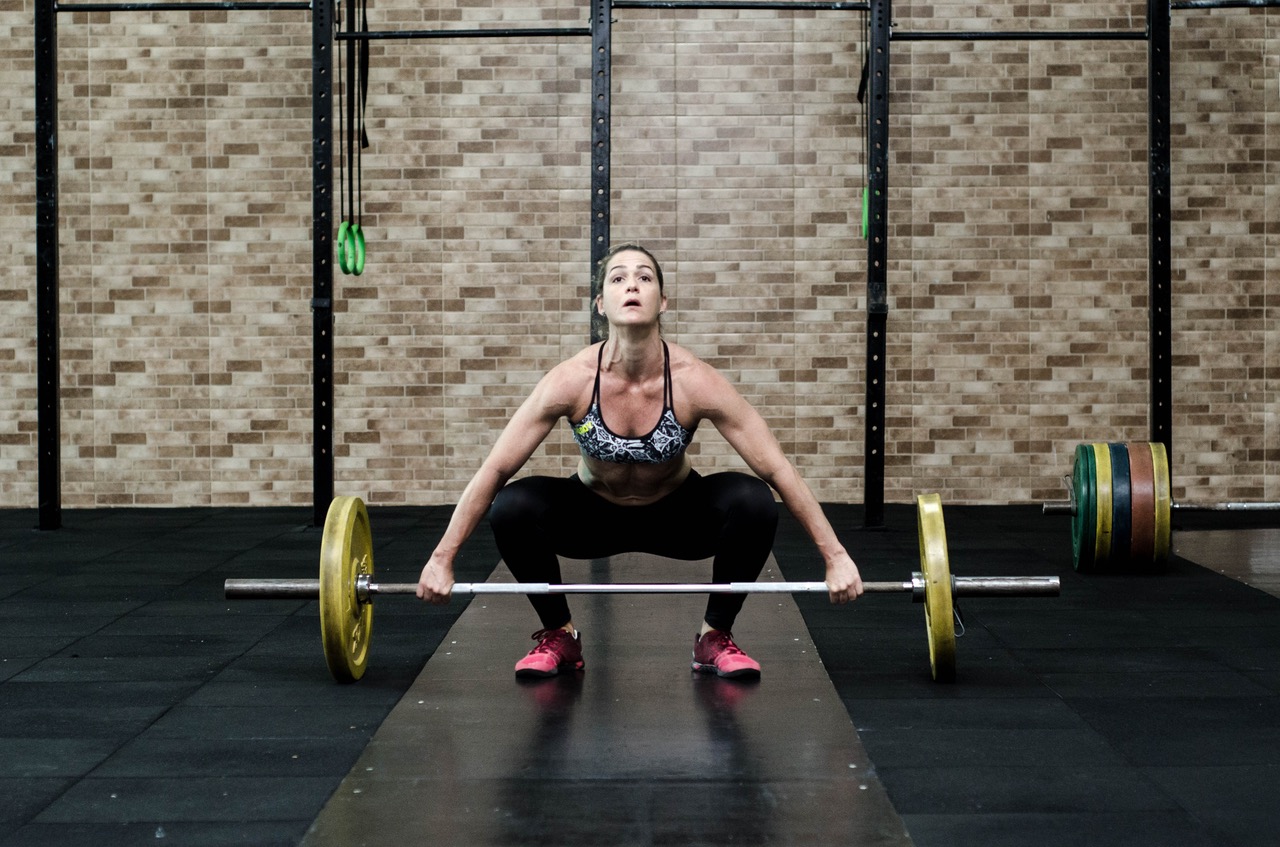
“You’re better off not giving the small things more time than they deserve.” —Marcus Aurelius
Tell me if this situation sounds familiar:
You jump on a hardcore health kick and commit to working out regularly. Only instead of hitting the gym first thing…you spend two weeks searching for the best gym bag.
Yeah, that was me too. We’ve all been there.
The fitness industry wants you to believe that more accessories make for a better workout.
The fitness hacker’s mentality is to make do with as little equipment as possible.
In this article, we’re going to cover all the equipment you need and don’t need.
Need: Squat Rack with Barbell and Weights
Since the foundation of Hack Your Fitness is compound lifts, this is a “must have” item.
If your gym doesn’t have a rack, you need to find a new gym.
If you don’t want to join a gym, get one for your house. Don’t fall for the hype of expensive squat racks while shopping – choose function over form and keep it inexpensive.
Don’t Need: Weightlifting Shoes
Like a fancy squat rack, you don’t need expensive weightlifting shoes.
The only requirement for shoes is a pair with a non-compressible heel. Doing compound lifts in shoes with a compressible heel (e.g. Nike Air) is unsafe and can lead to injury.
I use a pair of canvas Converse shoes because they’re cheap, safe, and last for years.
You can upgrade to Chuck Taylor All Stars or Jack Purcells if you want to splurge and look cool, but the canvas ones work just fine (mine are on their 11th year).
Need: Chalk
Chalk is important for grip as it keeps the hands dry and tight, which improves grip strength and helps you successfully perform compound lifts with load.
Chalk blocks are cheap and one block will last you over a year.
Don’t Need: Weightlifting Belt
You always see meathead gym bros strapping on a belt on before they lift, so weightlifting belts must be beneficial and worth the investment… right?
- For heavy power lifters: Yes.
- For the average lifters like you and me: No.
Weightlifting belts make a cylinder around your abs so you can squeeze hard against the belt.
The problem is most people don’t know how to properly use these belts, and when they put one on, they tend to think they can lift more weight than they actually can.
If you can’t do the weight without the belt, you shouldn’t be lifting that weight at all.
Need: Dipping Belt
As you get stronger and move beyond your body weight for dips and chin ups, you’ll need a dipping belt to continue progressively overloading these exercises.
One Harbinger dipping belt will set you back around $30 but it will last you a lifetime.
If you lift heavy for the next 30 years, that’s just $1 a year.
Mine is going 12 years strong and it still looks brand spanking new.
Don’t Need: Wrist Straps and Knee Wraps
Much like a weightlifting belt, straps and wraps used improperly detract from your lifts:
- Wrist straps: If you can’t lift the weight without the straps, don’t lift that weight!
- Knee Wraps: With proper form and correct range of motion, they end up being more of a crutch than an aid.
The temptation of both these items is that they help you to “skip ahead” in your progress. As a fitness hacker, I understand the allure of speeding up your progress.
That said, one of my basic philosophies with fitness is “don’t try to be hero.”
Learn the basics, start with a low weight, and slowly work your way up.
Need: Workout Log
The last thing you absolutely need is a workout log.
Whether it’s a Moleskine notebook or the note-taking app on your phone, you will need to track every lift you do to ensure you’re make strength gains.
Not tracking your lifts will inevitably stall your progress in the gym.
Don’t Need: Mirror
Look, I designed a fitness program around six-pack abs, so I understand vanity and wanting to look at yourself in the mirror while you’re lifting.
But looking in the mirror often distracts you and messes up your form.
You won’t need to watch your form because your movements become muscle memory.
BONUS – Don’t Need: Swiss Ball
Seriously?
I’m not going to even justify this with an explanation.
